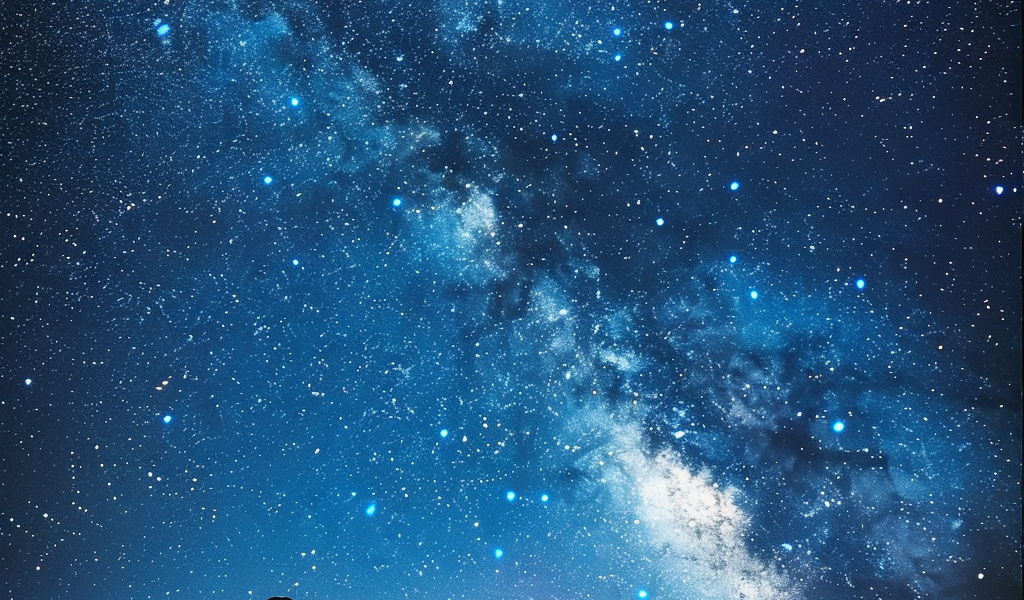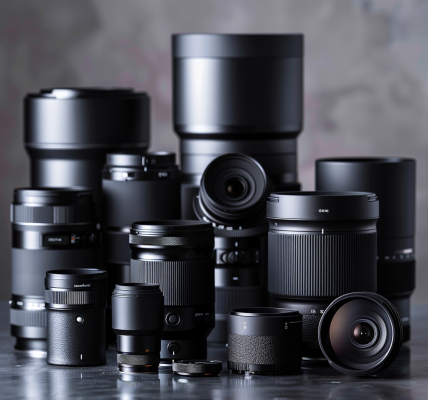Peak Meteor Showers: Southern Delta Aquarids, Alpha Capricornids, and Perseids Light Up the Night Sky
If you’re a fan of stargazing and enjoy the thrill of watching meteors streak across the night sky, this week is a particularly exciting time. Two meteor showers, the Southern Delta Aquarids and the Alpha Capricornids, are reaching their peak, providing ample opportunities for skywatchers to witness this celestial spectacle. Additionally, the Perseids meteor shower, renowned for its vibrant display, is also approaching its peak in mid-August, marking this period as a prime time for meteor enthusiasts.
According to Peter Brown, a physicist at Western University in Ontario, this time of year can be considered meteor season. “Almost any night when it’s dark and clear, you’re going to see a good number of meteors,” he noted, encouraging both seasoned astronomers and casual observers to take advantage of the clear skies.
Understanding Meteor Showers
Meteor showers occur when Earth passes through the debris left behind by comets or asteroids as it orbits the sun. This debris can vary in size, with particles as small as grains of sand entering the atmosphere at high speeds, resulting in the bright streaks of light we see when they burn up. Each meteor shower has a specific annual occurrence based on the Earth’s trajectory through these debris fields, leading to predictable peak viewing times.
Peak Viewing Times
The Southern Delta Aquarids have been active since July 18 and will reach their peak on the night of July 29 to 30. This shower is best viewed from the Southern Hemisphere, particularly in the constellation Aquarius. Observers in the Southern Hemisphere can expect to see a higher frequency of meteors during this peak period.
Meanwhile, the Alpha Capricornids, which have been active since July 7, will peak between July 30 and 31. This meteor shower is visible from both hemispheres, with its radiant point located in the constellation Capricorn. The overlap of these two meteor showers creates a unique opportunity for viewers to witness multiple celestial events in a short span of time.
The Perseids: A Summer Highlight
Adding to the excitement, the Perseids meteor shower is also underway, gradually ramping up as it approaches its peak in mid-August. Known for producing some of the brightest and most spectacular meteors of the year, the Perseids are a favorite among stargazers. This shower occurs when Earth passes through the debris left by the Swift-Tuttle comet, which last passed close to Earth in 1992.
The Perseids typically peak around August 12 to 13, making this a highly anticipated event for both amateur and professional astronomers alike. As the shower approaches its peak, the number of visible meteors can increase significantly, with rates potentially reaching up to 100 meteors per hour under optimal viewing conditions.
Best Practices for Meteor Watching
To maximize your meteor-watching experience, consider the following tips:
- Find a Dark Location: Light pollution can significantly hinder your ability to see meteors. Seek out a location away from city lights for the best viewing experience.
- Timing is Key: The best time to watch for meteors is typically after midnight when the sky is darkest and the radiant point of the shower is highest in the sky.
- Be Patient: Meteor watching requires patience. Allow your eyes to adjust to the darkness, and be prepared to spend some time watching the sky.
- Bring Comfort Items: Consider bringing a blanket or reclining chair for comfort, along with snacks and drinks to enhance your experience.
With these tips in mind, stargazers can look forward to an exciting week filled with meteor activity. Whether you’re observing the Southern Delta Aquarids, the Alpha Capricornids, or anticipating the dazzling display of the Perseids, this is a remarkable time for anyone interested in the wonders of the night sky.





